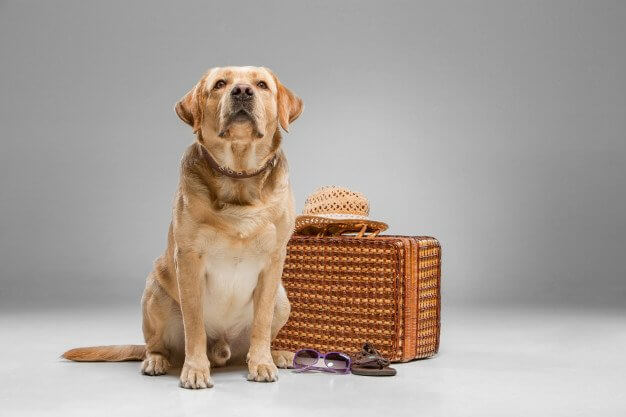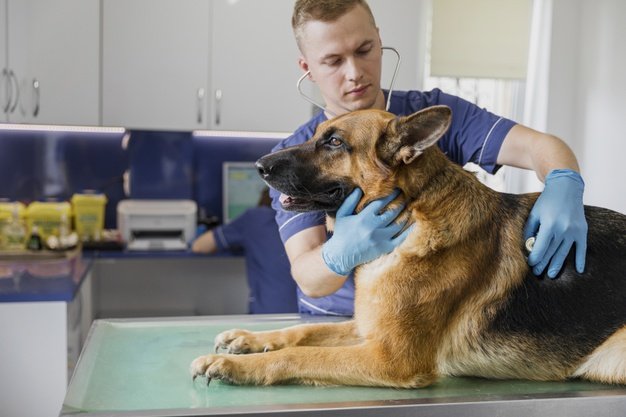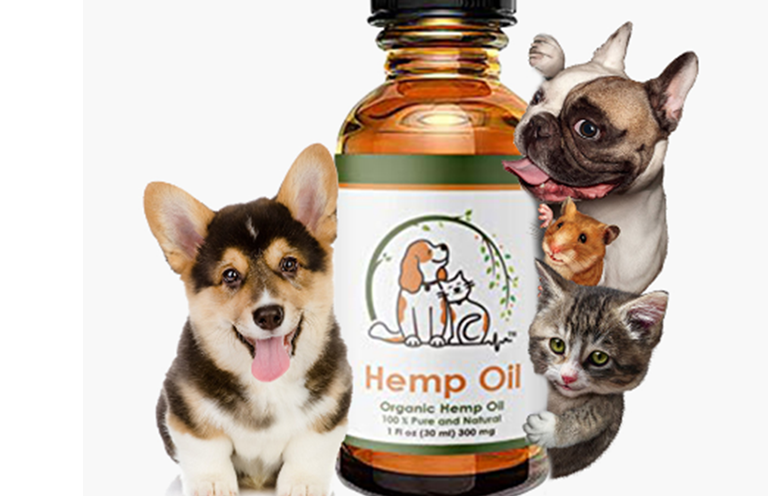There are many costs and lots of hard work involved in owning a pet, from vaccinations to house training and everything in between. But if you ask any of the pet owners, they do not mind at all. To them, a pet is not just a pet, but more like family. A loyal companion, people would love to groom, clothe, feed, and dote on at any and all cost. Fortunately, you can go to an online pet store and get all the pet supplies you possibly need with a simple click of a button.
But does this ability mean that it’s better to buy online than go to the nearest pet store? The growing sales of pet supplies online would seem to suggest so.
Online Pet Store: A Better Source of Pet Supplies for Pet Owners
More Choices, More Savings
One distinct advantage an online pet store has over a brick and mortar shop is variety. While the wares that can be displayed and sold in a physical store is limited by its space, online stores can offer virtually any pet supply you can think of, and in any brand.
Aside from the freedom of choice, an online pet store has no overhead expenses from renting a shop or paying employees, which means they can offer their products at a lower price. In addition, the sheer number of products competing online means pet owners almost always have access to cheaper pet supplies.
And with the money you would be able to save from not burning fuel due to frequent trips to a pet store, it’s safe to say that buying online would cost you less in more ways than one.
The Convenience of Buying in Bulk
Another advantage of purchasing pet supplies online is the ability to buy in bulk, which is difficult or inconvenient to do in a physical store. With online pet stores, you can buy pet supplies in bulk and have them delivered right at your doorstep.
This saves you not only money from additional discounts but the energy in carrying and transporting the pet supplies from the store to your home. Most importantly, you will save time from not making trips to the pet shop. This means more chances to bond with your furry friend.
Advantage of Auto-Shipping

Taking convenience one step further, you can avail of auto-shipping service, especially for dog food. This means you get reliable dog food delivery at an even more discounted price than usual. You can request a delivery schedule that can match the eating habits of your dogs to ensure you don’t get too much or run out either. If you’re away on vacation without your pets, you can arrange for the supplies to be delivered from the online pet store to wherever or whomever you entrusted your pets with.
More people are beginning to see the benefit of having animals for companions. A 32% increase in registration of licensed dogs alone, has been reported by the Agri-Food and Veterinary Authority in just under a decade. Along with an increase in the number of vet clinics, the number of stores supplying pet care products is increasing, whether online or not. This is a good thing for pet owners who would need all the help they can get from both online and brick and mortar stores to give their pets the total care that they need.
Read Also:






















